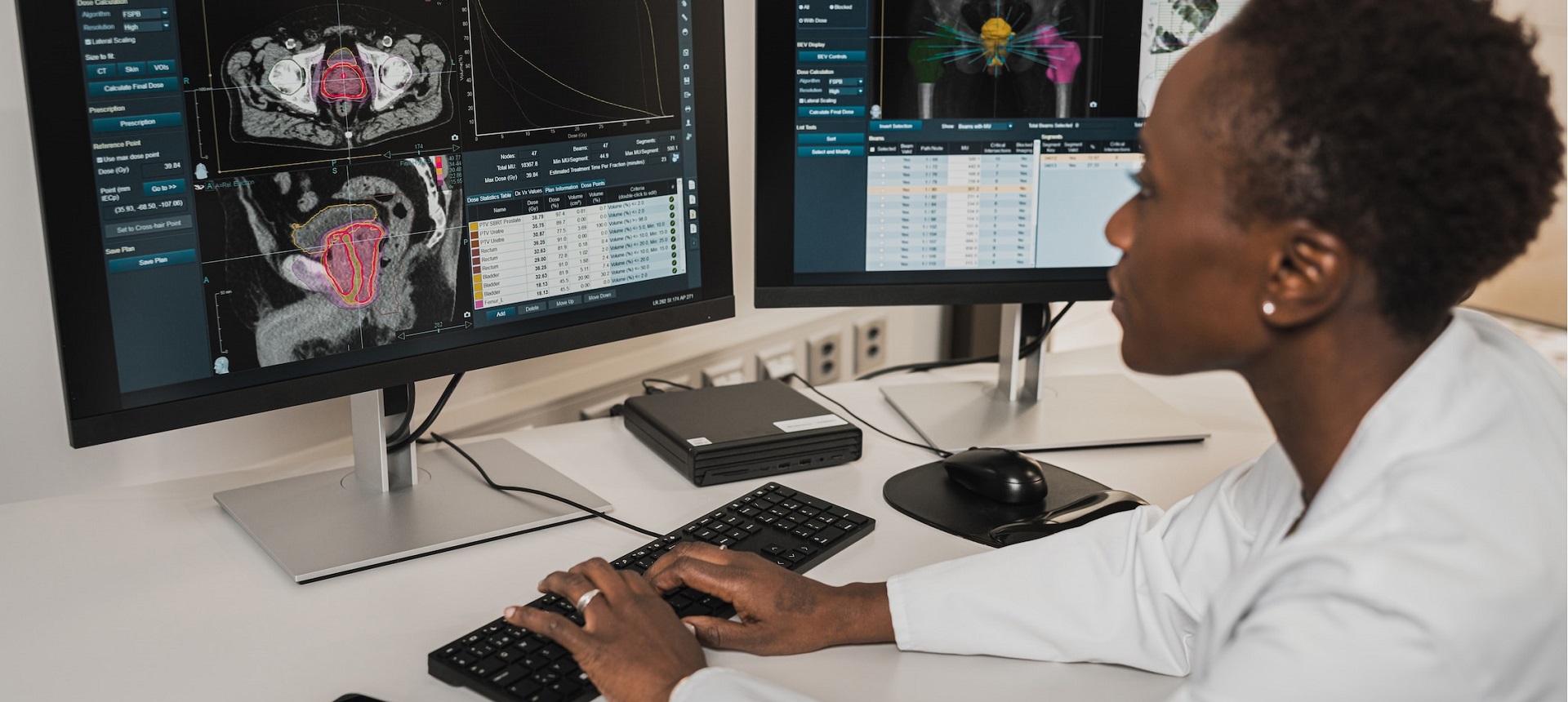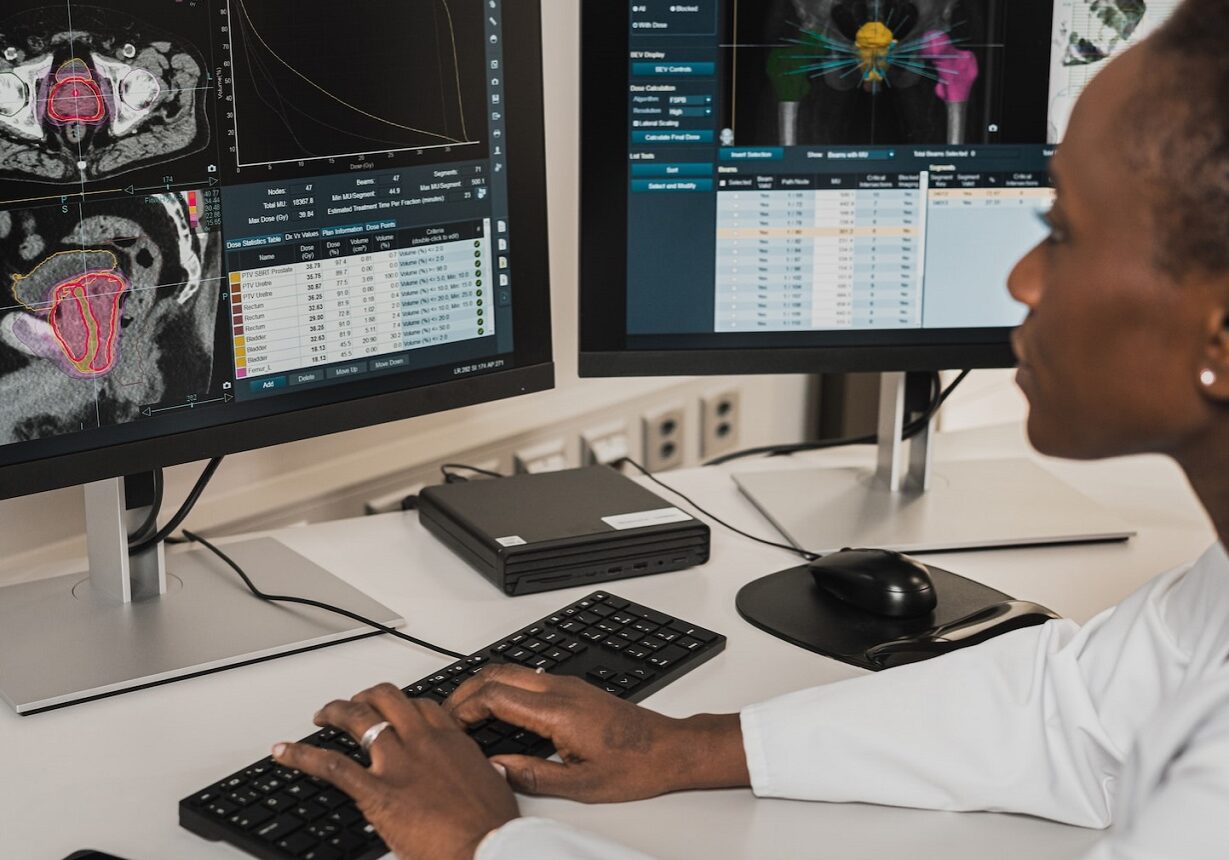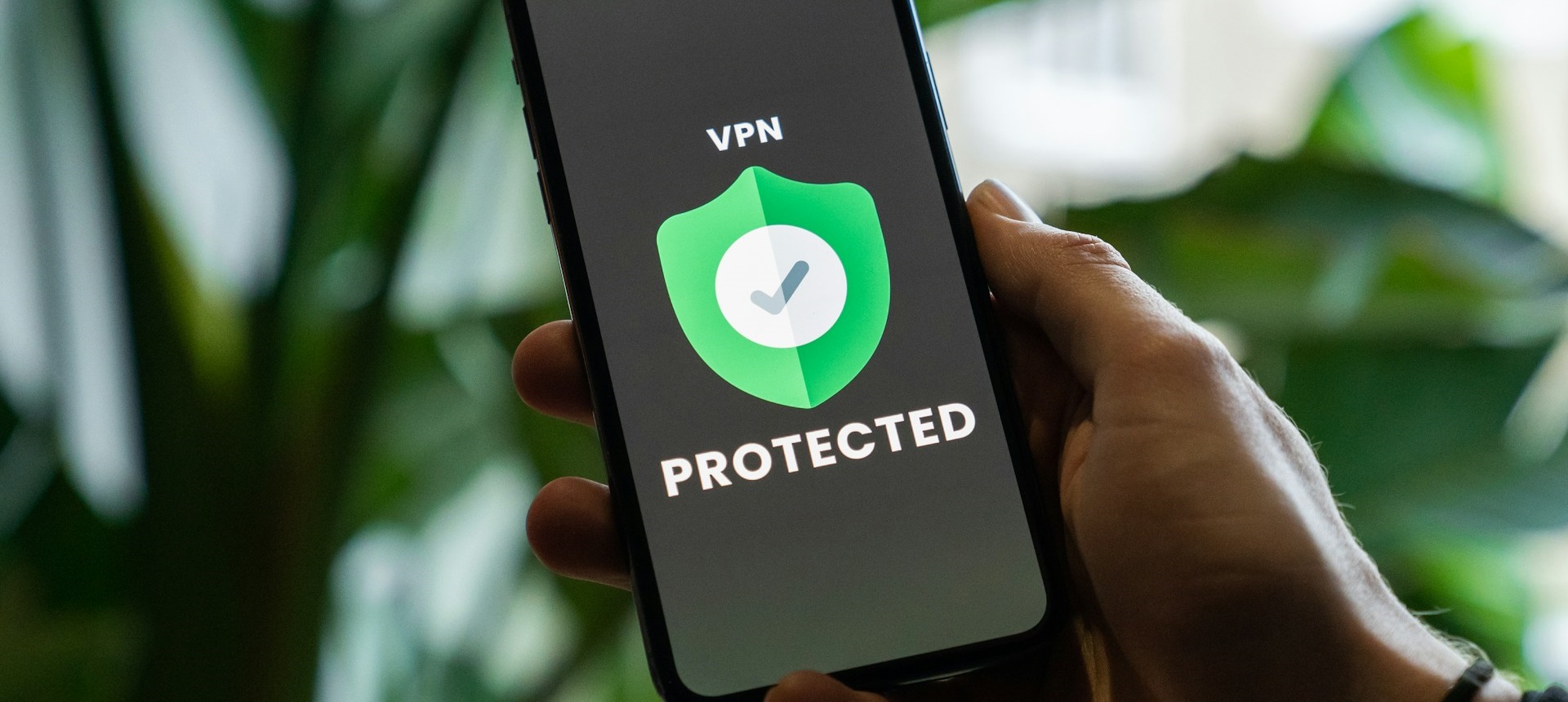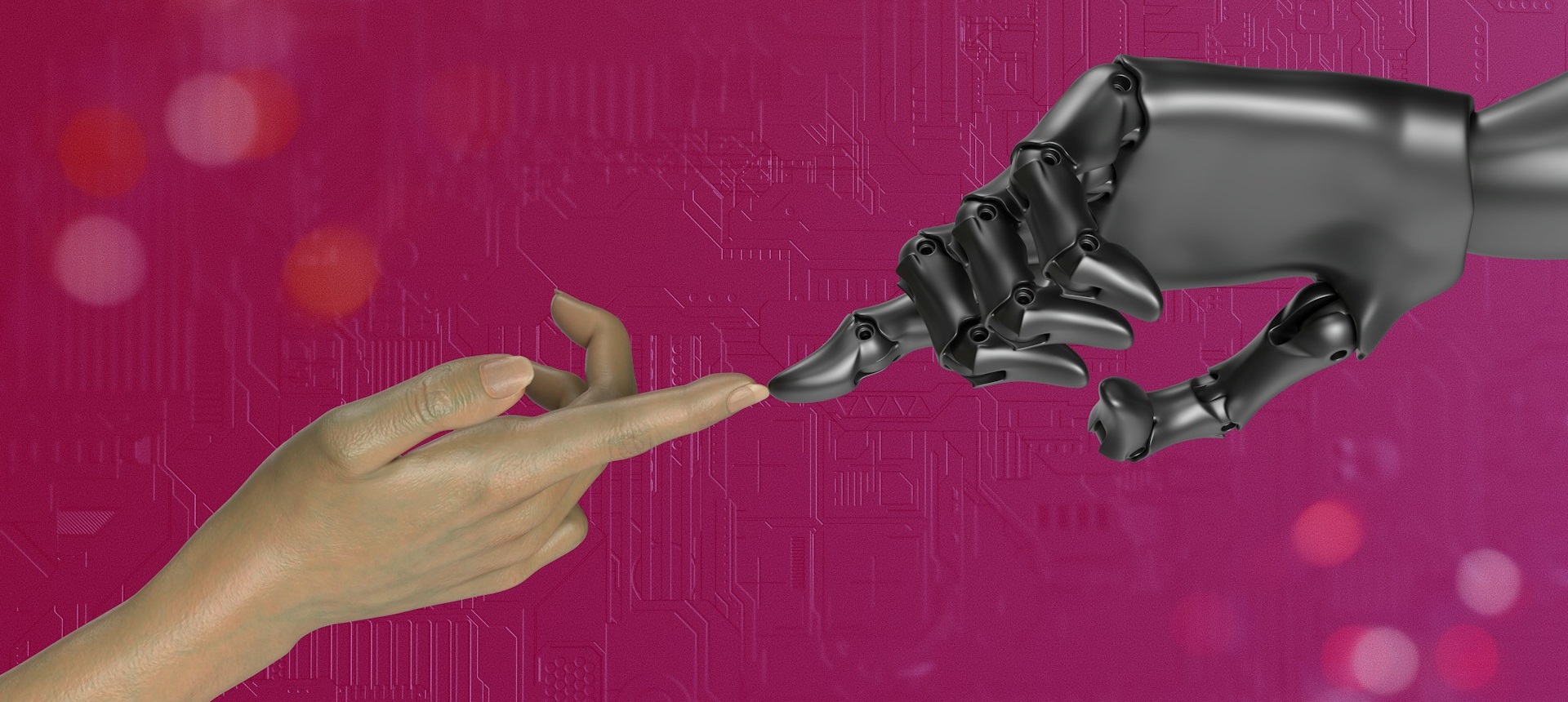1. Smart home healthcare market growth still falling short of its potential
Although the smart home healthcare market grew by 25 per cent in 2022, the market is falling short of its full potential because of obstacles created by “channel issues, funding complexity and inertia,” says Jonathan Collins, director of smart home and buildings research at ABI Research. The analyst organisation’s Smart Home Healthcare market data report found the remote patient monitoring applications are one clear area of growth, because these are supported by health insurance requirements and growing consumer awareness of the value of connected services.
2. Healthcare sector is helping to drive global deployments of private 5G networks
The healthcare sector is among those driving the growth of private LTE/5G network deployments around the world, according to a report from Analysys Mason. “Healthcare facilities are subject to strict regulation, making it difficult to use public cellular networks, and fixed networks come with much less flexibility in terms of what can be connected,” the organisation states. “Private 5G in hospitals is being tested for a host of applications including computer vision, robotic-assisted surgery and remote examinations.” Other industries leading private 5G network adoption include sports/entertainment and broadcast networks.
3. Generative AI already producing benefits for healthcare sector
Generative AI has wide-ranging potential use cases by healthcare providers, payers, public health agencies, pharmaceutical firms and other industry sectors, says BCG in a recent analysis. It cited the example of Insilico Medicine, which used generative AI to “go from novel-target discovery to preclinical candidate in just 18 months, spending only $2.6 million. The company’s idiopathic pulmonary fibrosis drug recently received the agency’s Orphan Drug Designation after completing the preclinical phase in 30 months, much faster than average for a new treatment.”
4. IoT advances could disrupt early diagnostics, treatment monitoring, whole-person care
Advances in Internet of Things (IoT) devices have the potential to disrupt key areas of the healthcare sector, according to a report from Capgemini. Those areas include early diagnostics to improve the quality of life for people with diseases, treatment monitoring and whole-person care. For example, the report says, “GPT-3, the third generation of OpenAI’s ChatGPT: The artificial intelligence algorithms behind OpenAI’s General Pretrained Transformer (GPT) chatbot program, ChatGPT will help identify the onset of dementia in early stages, by identifying the subtle speech characteristics from spontaneous speech, and can be 80% accurate.”
5. Around 1/2 of NORAM life insurers adopting tools like predictive analytics
In a review of underwriting systems for North American life insurers, the research firm Celent found that about half have started using advanced tools like predictive analytics and have increased their use of electronic health records, medical claims databases and clinical laboratory databases. It also found that the use of underwriting rules engines and other automation have reduced cycle times by 42 per cent.
6. Ageing population, consumer tech trends drive M&A in UK healthcare: Deloitte
In the UK healthcare sector, three key drivers are affecting mergers and acquisitions, according to Deloitte’s Q2 merger and acquisition outlook for life sciences and healthcare: an ageing population, increasing consumerisation and growing political will to improve the delivery of healthcare services. The outlook also notes that “considerable investment is being made in HealthTech services and software to improve quality of care.”
7. People still prefer face-to-face healthcare, but would welcome virtual visits for some needs
Healthcare systems can improve their performance by making their services accessible and easy to use, and by improving the health of communities, the EY Global Consumer Health Survey 2023 found. The survey also found that 77 per cent of respondents preferred face-to-face consultations over virtual care to develop a “personal connection with the medical practitioner”. However, support for virtual consultations were higher in situations such as needing to renew a prescription (67 per cent) or discussing test results (61 per cent).
8. Digital tech outperforms in-person care for anxiety and depression, study finds
Digital mental health interventions are “significantly more effective than in-person care for both anxiety and depression outcomes,” reported a meta-analysis published in the journal Systematic Reviews. The study by a team of Canadian researchers found that online messaging was the most effective technology for improving anxiety and depression scores, but that other technology types – including telemedicine, mobile applications and virtual reality – were also helpful.
9. Majority open to health tech to stay out of hospital, survey finds
An NHS Confederation/Google Health survey of more than 1,000 adults in the UK found that 72 per cent across all age groups would use technology to avoid a hospital admission. However, the survey also found that 29 per cent of 66- to 75-year-olds and 35 per cent of those over 75 use no technology in their day-to-day health management. “With this reliance on face-to-face contact and lack of technology use, we can see that older adults are at significant risk of digital exclusion,” the NHS Confederation reports.
10. AI-powered decision support tool acts like trusted adviser to doctors
Researchers have built a decision support tool that uses artificial intelligence (AI) to mimic how doctors check medical resources and speak with colleagues to decide how to treat patients. The tool uses the GPT-3 large language model to find and summarize research that’s relevant to the physician’s question and presents that background information alongside the AI’s response. Among the details presented are short summaries of each study, details of the patient population, the medical intervention provided and patient outcomes. “We built a system that basically tries to recreate the interpersonal communication that we observed when the doctors give suggestions to each other, and fetches the same kind of evidence from clinical literature to support the AI’s suggestion,” says Qian Yang, assistant professor of information science at Cornell University.









